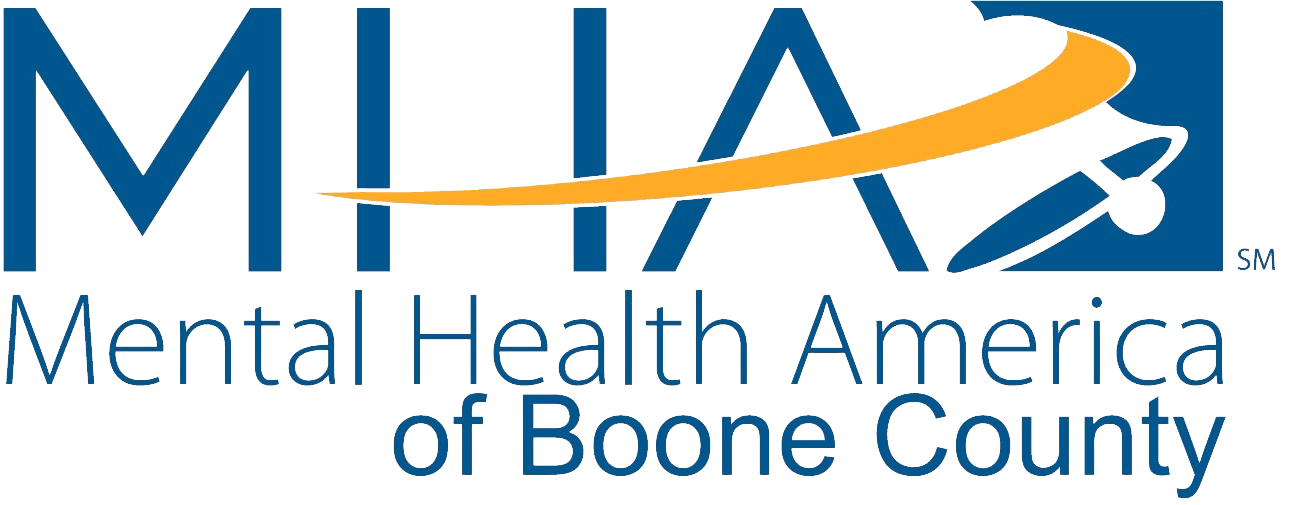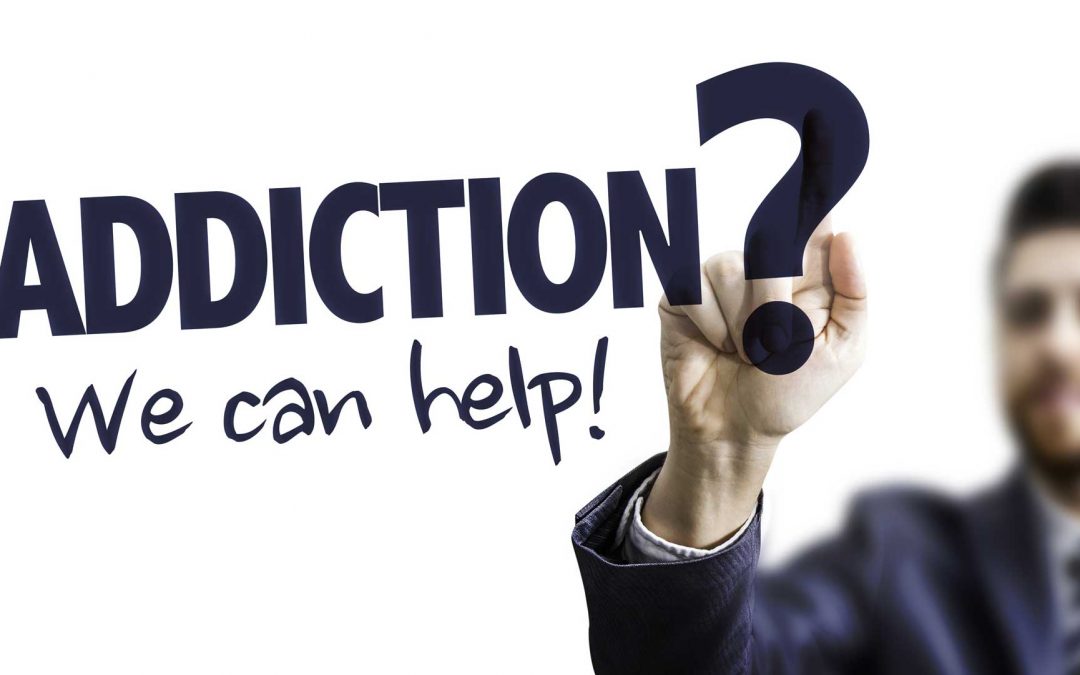Looking For Treatment Facilities That Fit You? Drug abuse is a major problem plaguing people all over the world. In 2013, over 24 million Americans aged 12 and older had abused a drug in the past month. This number increases every year, with the number being just under 24 million in 2012.
 Realizing that you need treatment is the first step in the right direction. To best help yourself or your affected relatives, an intervention might be necessary, and you should look for a treatment facility that is right and can help them fight this.
Realizing that you need treatment is the first step in the right direction. To best help yourself or your affected relatives, an intervention might be necessary, and you should look for a treatment facility that is right and can help them fight this.
There are over 1600 treatment centers in the U.S. Here are some tips on how to find a facility to get the best help possible.
Things To Consider
Much like looking for a therapist, looking for a treatment facility doesn’t mean that you’ll go to the closest and cheapest facility you find. You need to look for facilities that cater to your needs and the one you are comfortable with.
Following are some things you should look into when searching for a treatment facility, either for yourself or for a friend or relative.
Does The Program Cater To Your Specific Needs?
There are a lot of rehab facilities out there, but not all of them are the same. Some provide addiction treatment in a way that might be attractive to you but not to the person looking for treatment. Although intervention means that they have to go, keep in mind that the treatment won’t do them any good if they don’t enjoy being there.
Some facilities establish a connection between nature and people while some try to treat addiction with medicines. There are a lot of treatment options out there, and you need to see which one is best suited to the patient’s requirement.
Is The Staff Qualified?
 You should research the particular rehab facility you are looking at and see its reviews. It will help you decide whether the clinical staff of the rehab facility treats patients well or not, what the food is like, the overall atmosphere, etc.
You should research the particular rehab facility you are looking at and see its reviews. It will help you decide whether the clinical staff of the rehab facility treats patients well or not, what the food is like, the overall atmosphere, etc.
A rehab program should include a mix of professionals working together to give the patients the care they deserve. Be careful of facilities that have a member doing the job of many. A treatment team usually consists of:
- Chemical dependency therapist
- Medical doctor
- Nurse
- Psychiatrist
- Psychologist
- Nutritionist
- Spiritual care therapist
If any of these roles are performed by a single person, you should be wary. Multiple roles being performed by a single person is a definite red flag.
Are There Any Organized Treatment Plans?
Treatment facilities should work together to create plans for each individual separately. Each individual’s needs are unique and following the same procedure with everyone can potentially harm patients instead of healing them.
Find out how they develop their treatment plants. Do they take advice from a recreational therapist? Do they take into account what their physicians and nurses have to say?

Are There Any Support Groups Or Supplemental Services?
Programs such as cooking, pet therapy, gaming sessions, and support groups can help patients take their minds off the treatment process, making the experience much more interactive and easy.
Is The Treatment Facility In-Network With Your Insurance?
Treatment facilities can get very expensive. In order to enjoy the benefits of treatment without having to worry about finances, you should check whether your insurance policy allows a particular treatment facility or not.
Types Of Treatment Programs
There are a number of options available for treatments seekers.
1. Long-Term Residential Treatment
These facilities provide 24-hour care to patients, offering planned 6 or 12-month stays. The aim of these facilities is to “re-socialize” the individual by developing personal accountability and responsibility. Treatment here is highly structured and is known to be the most effective.
2. Short-Term Residential Treatment
These treatment facilities provide brief but intense treatment – a 12-step approach. Originally designed in the 1980s, the treatment has a 3 to 6-week treatment phase followed by therapy to ensure engagement and commitment. Further programs such as AA meetings help reduce the risk of relapse.
3. Outpatient Treatment Programs
Much less expensive, such treatments can be of different types based on intensity. These treatment plans are more suitable for people who have jobs or social support. Group counseling is usually a major component of these treatment programs.
There is also the individualized drug counseling where the patient is face-to-face with a doctor for short-term and group counseling where peers help each other promote a drug-free lifestyle.
All these programs can be offered at different treatment facilities, while some large facilities offer them all. When choosing the right facility, you should first determine the type of program you’d prefer, depending on your extent of drug abuse.


Recent Comments